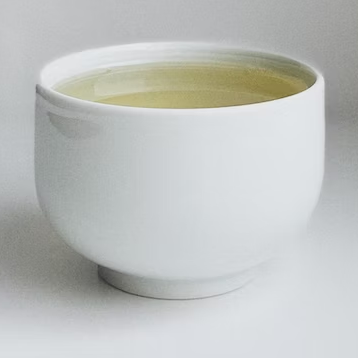I have a hot water dispenser, which heats the water to the temp you specify, on-the-fly. Sometimes this technology is called “insti-heat”. Instead of filling a kettle and waiting, it pumps water from a tank and heats it inline as fast as it draws it. Likely similar to how Nespresso machines work.
This means the limescale is hidden in the internal tubes. When descaling solution is put in the tank and the descaling program runs, there are no white chips of limescale like you would get in a water kettle. Yet it seems to be working because after descaling the water flows smoothly (as opposed to coughing and sputtering which is what happens when limescale is built up).
So it’s a mystery- where did the limescale go? Does it actually dissolve into the descaling solution? I ask because I’d rather not be wasteful… I’d like to reuse the descaling solution, if that’s sensible.


You aren’t wrong. The web page itself is badly put together but the info was interesting and useful.
I use ublock origin and have a pihole so I didn’t see everything you did apparently. Sorry for the shadiness of the link.
Yeah indeed it was very useful information on a shit website. This is increasingly common. I’m always looking for a tech solution to this problem that is not user-specific. Advanced users can solve it for themselves to some extent using advanced tools. And sometimes that backfires… if the website is particularly user-hostile advanced tools can worsen the UX.